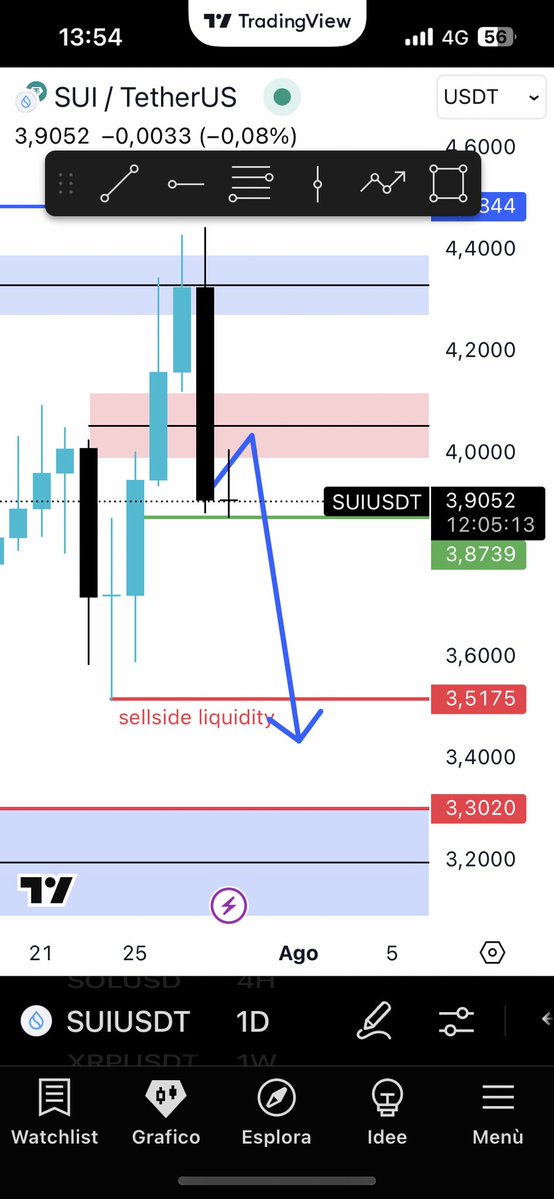Forex and Cryptocurrency Trading: Navigating the Complexities
Imagine diving into a world where fortunes can be made or lost in the blink of an eye. Welcome to the exhilarating realm of Forex and cryptocurrency trading. These markets offer unparalleled opportunities for profit, but they also come with significant risks. Whether you’re a seasoned trader or a curious newcomer, understanding the nuances of these trading environments is essential for success.
The Basics of Forex Trading
What is Forex Trading?
Forex trading, or foreign exchange trading, is the process of buying and selling currencies on the global market. With trillions of dollars traded daily, the Forex market is the largest and most liquid financial market in the world. Unlike stock markets, Forex operates 24/5, providing traders with continuous opportunities to capitalize on market movements.
Key Strategies for Success
Technical Analysis
Technical analysis involves studying historical price movements and using indicators to predict future trends. Tools like moving averages, Bollinger Bands, and the Relative Strength Index (RSI) are commonly used. For example, a moving average can help identify trends by smoothing out price data over a specific period. Bollinger Bands, on the other hand, can indicate volatility and potential breakouts.
Fundamental Analysis
Fundamental analysis focuses on economic indicators, geopolitical events, and other macroeconomic factors that influence currency values. Interest rate changes, inflation rates, and political stability are all crucial factors to consider. For instance, a country with a stable political environment and strong economic growth is likely to have a stronger currency.
Risk Management
Effective risk management is vital in Forex trading. This includes setting stop-loss orders, diversifying your portfolio, and avoiding over-leveraging. Stop-loss orders help limit potential losses by automatically selling a currency when it reaches a certain price. Diversification spreads risk across different currencies, reducing the impact of a single currency’s poor performance. Leverage, while it can amplify profits, can also magnify losses, so it should be used cautiously.
The Rise of Cryptocurrency Trading
What is Cryptocurrency Trading?
Cryptocurrency trading involves buying and selling digital currencies like Bitcoin, Ethereum, and Litecoin. The cryptocurrency market is known for its volatility, which presents both significant risks and opportunities. Unlike traditional currencies, cryptocurrencies are decentralized and operate on blockchain technology, making them resistant to government interference and manipulation.
Strategies for Cryptocurrency Trading
Technical Analysis
Technical analysis is just as important in cryptocurrency trading as it is in Forex. However, the high volatility of cryptocurrencies means that price movements can be more dramatic and unpredictable. Tools like candlestick patterns, Fibonacci retracement levels, and volume analysis can help traders make informed decisions.
Fundamental Analysis
Fundamental analysis in cryptocurrency trading involves evaluating the underlying technology, adoption rates, and regulatory environment of a cryptocurrency. For example, the development of new technologies like the Lightning Network for Bitcoin can impact its value. Additionally, regulatory changes in countries like the United States and China can affect the price of cryptocurrencies.
Arbitrage Opportunities
Due to the fragmented nature of cryptocurrency exchanges, price discrepancies can occur. Arbitrage involves buying a cryptocurrency at a lower price on one exchange and selling it at a higher price on another, profiting from the difference. This strategy requires quick execution and a deep understanding of market dynamics.
Real-Time Analysis and Low-Risk, High-Return Opportunities
The Role of Real-Time Analysis
Real-time analysis is crucial for both Forex and cryptocurrency trading. It allows traders to make informed decisions based on the latest market data. Advanced trading platforms and tools provide real-time charts, news feeds, and alerts, enabling traders to react quickly to market changes. For example, a sudden geopolitical event can cause a currency’s value to fluctuate rapidly, and real-time analysis can help traders capitalize on these movements.
Low-Risk, High-Return Strategies
Dollar-Cost Averaging (DCA)
Dollar-Cost Averaging (DCA) involves investing a fixed amount of money at regular intervals, regardless of the asset’s price. This strategy can help mitigate the impact of volatility and reduce the risk of buying at the wrong time. For instance, if you invest $100 in a cryptocurrency every month, you’ll buy more when the price is low and less when the price is high, averaging out the cost over time.
Diversification
Diversification involves spreading your investments across different assets to reduce risk. For example, diversifying your portfolio with a mix of major and minor currencies in Forex, and a variety of cryptocurrencies, can protect against significant losses. This strategy ensures that a poor performance in one asset does not disproportionately affect your overall portfolio.
Leverage Wisely
While leverage can amplify profits, it can also magnify losses. Using leverage wisely, and understanding the risks involved, is crucial for long-term success. For instance, a 1:100 leverage means that for every $1 in your account, you can control $100 in the market. While this can lead to significant profits, it can also result in substantial losses if the market moves against you.
The Impact of Global Events on Trading
Geopolitical Factors
Global events, such as trade wars, political instability, and economic policies, can significantly impact both Forex and cryptocurrency markets. For instance, trade tensions between major economies can lead to currency devaluation and increased volatility in the Forex market. Similarly, regulatory changes in countries like the United States and China can affect the price of cryptocurrencies. Traders must stay informed about these events and adjust their strategies accordingly.
Economic Indicators
Economic indicators, such as GDP growth, inflation rates, and employment data, are crucial for Forex traders. These indicators provide insights into the economic health of a country, which can influence currency values. For cryptocurrency traders, economic stability can impact the demand for digital currencies as a hedge against inflation and economic uncertainty. For example, during periods of economic instability, investors may turn to cryptocurrencies as a safe haven, driving up their prices.
The Future of Trading: AI and Intelligent Systems
AI in Trading
Artificial Intelligence (AI) is revolutionizing the trading landscape. AI-driven trading systems can analyze vast amounts of data, identify patterns, and execute trades faster than human traders. These systems can also adapt to changing market conditions, providing a competitive edge. For instance, AI can identify trends and make predictions based on historical data, allowing traders to make more informed decisions.
Intelligent Trading Systems
Intelligent trading systems, like the Snowball AI system, integrate deep learning models with multidimensional technical analysis to realize intelligent arbitrage in the cryptocurrency market. These systems can identify and exploit price discrepancies across different exchanges, providing low-risk, high-return opportunities. For example, the Snowball AI system can automatically execute trades based on predefined criteria, ensuring that traders do not miss out on profitable opportunities.
Embracing the Future of Trading
The world of Forex and cryptocurrency trading is complex and ever-changing. However, with the right strategies, tools, and knowledge, it is possible to navigate these markets successfully. Real-time analysis, effective risk management, and leveraging AI-driven systems can provide a significant advantage. As the financial landscape continues to evolve, embracing these technologies and strategies will be crucial for traders looking to capitalize on the opportunities presented by Forex and cryptocurrency markets. The future of trading is here, and those who adapt will thrive in this dynamic and exciting field.





